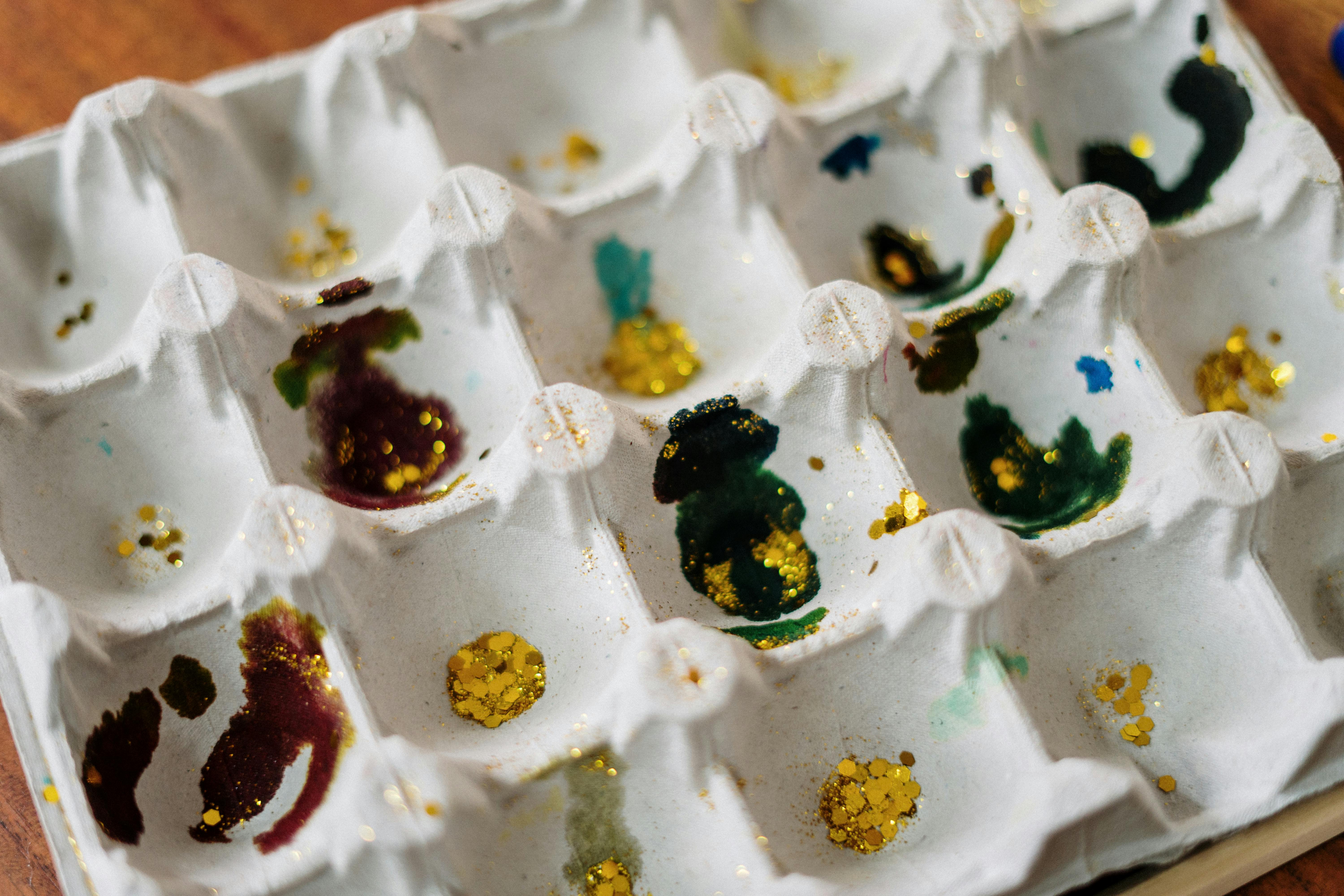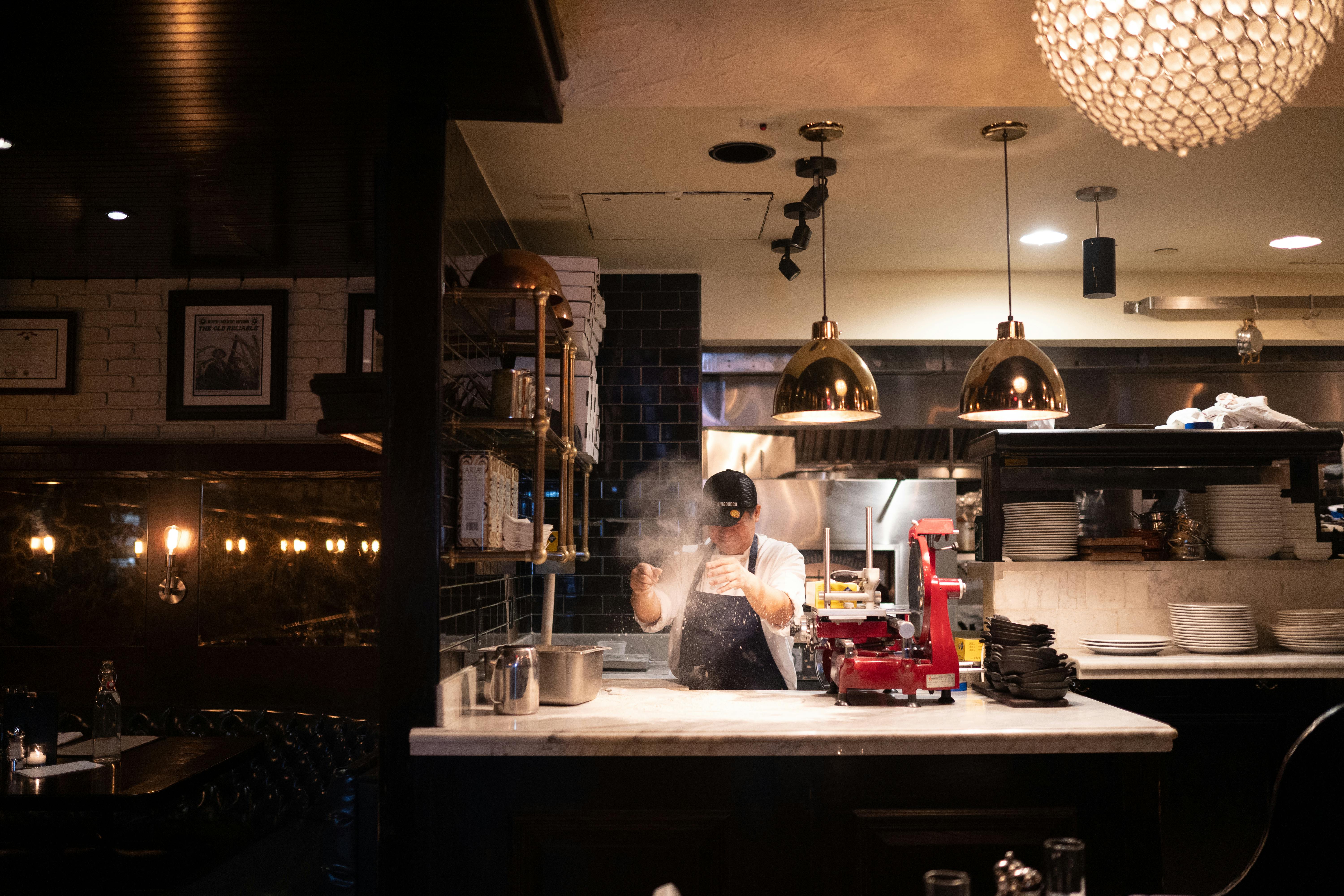Historically, ceramic tiles have been made by man for almost 4,000 years. Whether it is the decorative tile work of Persia, the mosaics of Spain, the majolica tiles of Renaissance Italy, the earthenware of Antwerp or the tile iconography of the Netherlands, all remain milestones in the history of ceramic tiles. Although ceramic tiles of the modern world had humble beginnings as simple white or beige squares for bathrooms and kitchens, today they come in all sorts of shapes, sizes, colors, and patterns and have found their way into the rest of the home.
In addition, ceramic tiles have a true “green” pedigree, as they are made entirely of natural, recyclable and biodegradable materials. Being naturally waterproof and mold resistant, ceramic tile improves indoor air quality, and because it doesn’t require polishing, it installs faster.
There are various types of ceramic tile products available on the market that can be used as floor, wall or ceiling tiles with literally thousands of styles and grades to choose from. However, based on the material and properties of ceramic tiles, they fall into a few broad categories:
Vitrified tiles: These tiles are compact, resistant to scratches and acids and have better mechanical resistance. They are virtually replacing stone and marble as flooring due to their stone-like qualities, such as seamless joints and consistent color and texture.
Porcelain Tiles: These versatile tiles come in a smooth, rough, or polished finish and can be used indoors and are a great choice for outdoor conditions as they don’t wear down easily with heavy traffic.
Mosaic Tiles: These are small tiles, about 0.75 inches to 1 inch in size mounted on sheets of paper or latex mesh for easy installation. These tiles can be ceramic, porcelain or glass and are best suited for walls, curved surfaces such as murals, pools of water and low-traffic floors. They do not chip easily, and due to the many grout joints, they are also slip-resistant.
Glazed Tiles: These smooth-surfaced, non-porous tiles are stain-proof, best suited for low-traffic areas, walls, and countertops. Large format glazed tiles with a satin finish are very popular these days.
Quarry Tiles – These thick, dense tiles are used primarily in heavy commercial establishments. Their natural color and rough surface texture give them naturally stain-resistant and slip-resistant qualities.
Terracotta Tiles: These hand- or machine-made shingles are often used as roof tiles, have a rustic look and stay cool in the summer and warm in the winter, although unglazed terracotta tiles need a coat of sealer every year.
design trends
Tiles are the most versatile medium and the design possibilities are limited only by the imagination. The latest tile design trends range from bold colors to black and white schemes and from large sizes to tiny tile patterns. While black and white is the expression of minimalist design in staggered patterns, diagonal layouts, and blending of patterns and textures, the vibrant color palette brightens spaces and works well in homes. Tiles in bold colors can also accentuate the black and white design. Another recent trend is roof tiles with a metallic finish in steel, copper, bronze, gold or silver, looking both fresh and rusty and classic. Ceramic tile with steel inlays and stainless steel finished edges can provide the most contemporary look. The rusty and weathered steel look are the other designer finishes in demand. In terms of size, large format tiles are the most attractive aspect that gives a grand look to the space.
With their flawless joints and striking finishes, they almost look like stone. Furthermore, since the focus is now on natural materials, they are also emulated in tiles such as stone, wood and textiles, even natural elements such as bamboo and pebbles are reproduced in the tile finishes. As the natural design does not repeat itself in a similar way, tiles based on emerging concepts, which are designs made with a combination of tiles, also break the monotonous pattern and are therefore popular among designers. Similarly there is also an inclination towards history and heritage; manufacturers borrow more and more from the past to capture the essence of the old world and reproduce it in mosaics. Retro is one of those hard-to-miss old-school styles making a resurgence today with colors of lime green, orange, and a checkerboard pattern. For luxury spaces, there are now high-end tiles with gold and silver textures and Swarovski inlays. As well as the exclusive digitally printed ceramic tiles that are made to measure with total image permanence.
Today, ceramic tiles have become an important lifestyle product and designer tiles have captured the attention of Indian customers. With technological innovations and designs, the options are endless in terms of finishes and aesthetics, as well as their application for various uses. Today, tiles are used everywhere for interiors, residential and commercial spaces and are indeed considered a new fashion statement.



